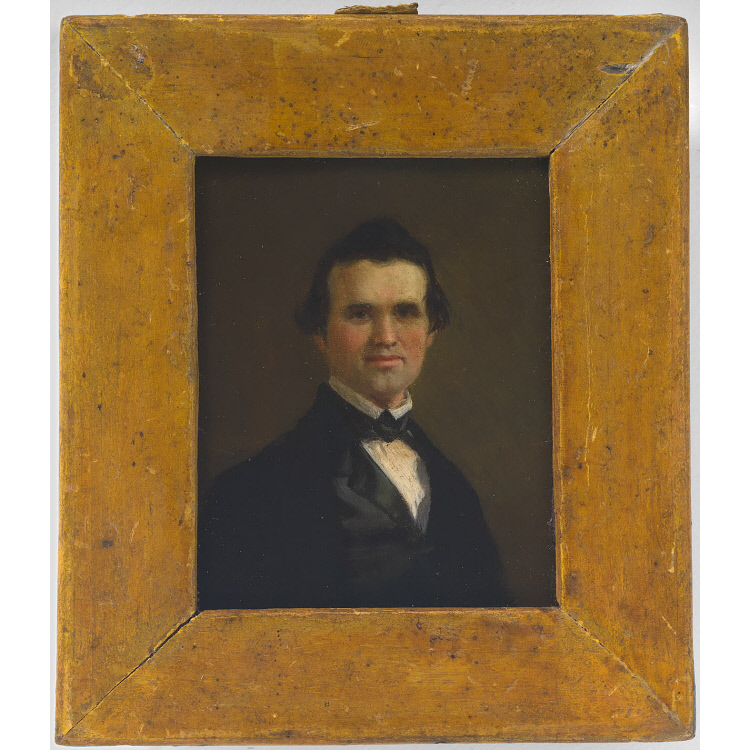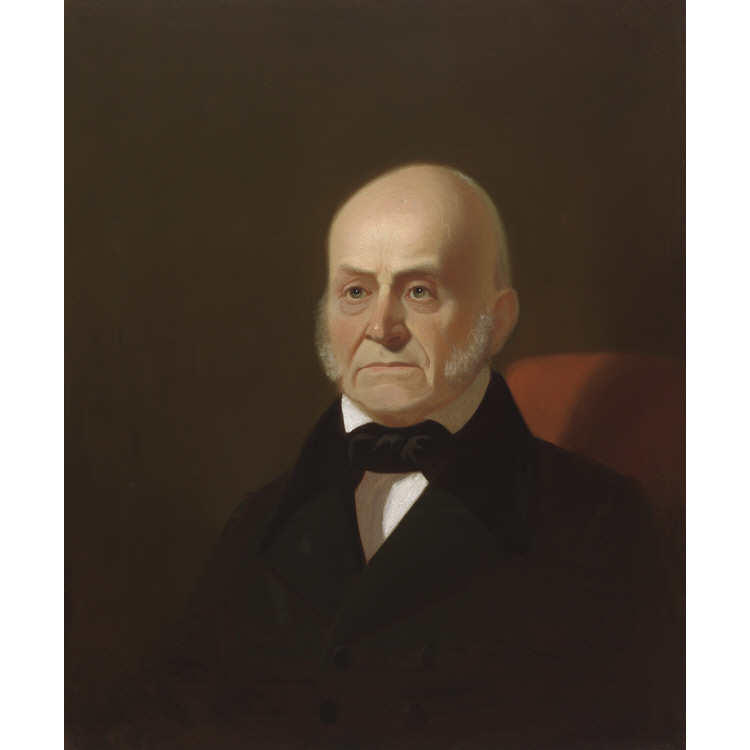George Caleb Bingham
Two passions—art and politics—dominated Bingham's life and career, and he was more successful at the former than the latter, In 1819 his family moved to Franklin, Missouri, on the Lewis and Clark Trail, were he grew up and became an itinerant preacher and portrait painter. In 1838, after studying briefly at the Pennsylvania Academy of the Fine Arts in Philadelphia, he exhibited Western Boatmen Ashore (unlocated) in New York at the Apollo Association, the forerunner of the American Art-Union. Through the latter organization Bingham sold numerous important pictures during the next decade. In 1846 Bingham, a passionate Whig, announced his candidacy for the state legislature. He lost in a bitterly contested race but ran again in 1848 and won. During the interim he painted Stump Speaking, the first of a series on the electoral process. Bingham's experiences in what he called "the mire of politics" undoubtedly colored his vigorous but incisive style.
References
Bloch, Bingham: Evolution of an Artist; McDermott, Bingham; Shapiro, Bingham.
William Truettner, ed The West as America: Reinterpreting Images of the Frontier, 1820–1920 (Washington, D.C. and London: Smithsonian Institution Press, 1991









